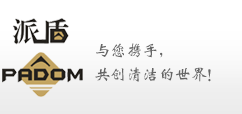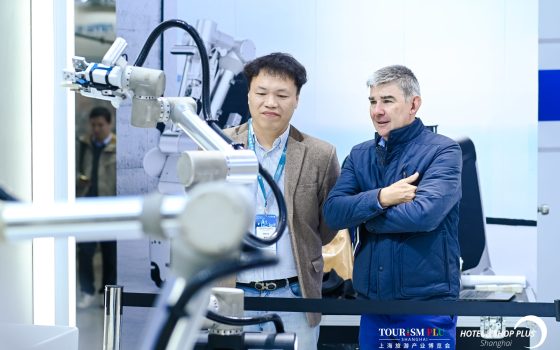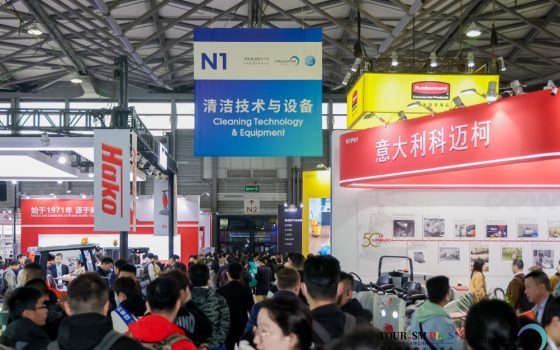Two more indoor positioning projects sprout in European supermarkets
The lighting-based indoor-positioning market took a couple of steps forward this week, as both Philips Lighting and Zumtobel Group announced separate single-store trials with major retailers in Europe, and Philips added a data service that helps retailers figure out how to improve the layout of aisles and shelves.
Interested in more articles & announcements on indoor positioning & smart lighting applications?
Philips also elaborated for LEDs Magazine on why it recently started talking up Bluetooth wireless radio as part of its indoor-positioning (IPS) technology mix, which until now for Philips has featured lighting-centric LED-based visible light communication (VLC).
The company insisted that VLC is not fading from its IPS plans. It said that Bluetooth — which the lighting industry borrows from the information technology world — can adequately provide IPS when there is not enough artificial light to support the more-accurate VLC.
Philips deployed a VLC indoor positioning system at a 26,000-ft2 EDEKA Paschmann supermarket in Dusseldorf, where there is plenty of artificial light, the company told LEDs. In contrast, Zumtobel went with Bluetooth at a massive 75,000-ft2 E.Leclerc “hypermarket” in Langon, France. It questioned the usefulness of VLC even in environments heavily lit by electric lighting. Like other VLC critics, Zumtobel noted that the technology is clumsy.
Both Philips and Zumtobel announced their new deployments at the EuroShop retail exhibition in Dusseldorf where, as LEDs noted last week, industry watchers have been anticipating IPS updates. The exhibition runs through Thursday, and more IPS news could emerge.
The phone is seeing the light in this picture from Philips' VLC-based EDEKA Paschmann indoor-positioning installation. That's good news for accurate product location. But VLC critics such as Zumtobel say that the need for constant line of sight makes VLC unwieldy, whereas Bluetooth is more convenient. Philips has also now added Bluetooth to its technology bag. (Source: Philips Lighting.)
The phone is seeing the light in this picture from Philips' VLC-based EDEKA Paschmann indoor-positioning installation. That's good news for accurate product location. But VLC critics such as Zumtobel say that the need for constant line of sight makes VLC unwieldy, whereas Bluetooth is more convenient. Philips has also now added Bluetooth to its technology bag. (Source: Philips Lighting.)
IPS, also known as location-based services, is an Internet of Things (IoT) technology that in a retail setting engages customers via their smartphones as they shop in physical world stores. It sends signals that guide customers to products and promotions, and can target individuals by tying into loyalty schemes. It does not have to rely on lighting systems and infrastructure, but if lighting vendors have their way, it will.
Still taking off
Lighting-based IPS has been slow to take off. It could now be picking up pace, if this week's EDEKA Paschmann and E.Leclerc installations are any indication, along with a new deployment by Osram at a group of 23 retail stores in Switzerland, reported last week. At last count, the largest known trial over the last few years covered about 100 stores at US retailer Target. There might be other trials of a similar scale, but some retailers could be keeping their projects quiet.
Many of the known implementations are at single stores such as the new EDEKA Dusseldorf and E.Leclerc Langon examples, as retailers experiment to see whether there's any real value in widely rolling out indoor-positioning technology.
"Philips' indoor-positioning system delivers real value and easy navigation for both the customer and the retailer," said EDEKA managing director Falk W. Paschmann. "We are convinced that this system is future proof, especially for larger stores and not only targeted for the younger clientele. Customers without smartphones will also benefit from the service, as our staff can use the app to search for goods faster and more reliably. Restocking the shelves is also much simpler with this navigation system."
Despite its newly expressed enthusiasm for radio-oriented Bluetooth (a version called Bluetooth Low Energy), Philips Lighting installed lighting-centric VLC, its indoor location services leader Gerben van der Lugt told LEDs.
VLC embeds data in modulated LED lightwaves. Those lightwaves come from 300–400 new Philips LED ceiling luminaires installed at the Dusselfdorf outlet. The lightwaves send a map of the store to app-enabled shoppers, and also pings them with daily discounts. The system makes use of location and mapping software from Favendo, a German company that is one of several companies including Microsoft to have recently joined Philips' new Location Lab partnership program.
Pinpointing the pasta
VLC can provide location accuracy to within around 30 cm (less than a foot), making it far more useful than Bluetooth's 2–3m (roughly 6.5–10 ft) in helping customers locate the products they’re looking for — pasta, beer, or whatever — in an expansive retail space, van der Lugt said. Philips believes that such accuracy is important at grocery stores, because “it brings you right in front of the product,” he noted.
But Philips also now says it believes Bluetooth could well play a role in settings where artificial lighting is inadequate. That includes modern shopping malls with ample natural light and that minimize the need for artificial lighting. Philips is developing systems that are capable of handing off positioning duties between VLC and Bluetooth transmitters.
In an IoT play, the Philips Maxos fusion track accommodates sensors and Bluetooth beacons. (Source: Philips Lighting.)
In an IoT play, the Philips Maxos fusion track accommodates sensors and Bluetooth beacons. (Source: Philips Lighting.)
“We are expanding the segments for which we offer indoor positioning,” van der Lugt said. “One of them is malls. Malls typically have large atriums. They use a lot of daylight. So during the day the artificial light will be switched off, and we cannot rely on VLC. So we see it as a complement to the VLC technology, which allows us to be more versatile and deal with more conditions and application areas.”
Philips chose VLC for the EDEKA Dusseldorf store because the site lacks natural daylight and relies on artificial lighting, so “there was no need to install Bluetooth beacons,” van der Lugt said.
Some industry watchers wonder whether Philips is beginning to capitulate on VLC technology in favor of Bluetooth. Critics have assailed VLC for requiring users to always keep their phones out while shopping, pointing at the lights. By comparison, the less accurate Bluetooth receives signals even when shoppers conveniently tuck their phones away and check them only when they need to.
Van der Lugt insisted that Philips has been planning on general hybrid VLC/Bluetooth indoor positioning for some time — even if it hasn't been publicly proclaiming so. When Philips announced a trial with a French Carrefour store in May 2015, and with aswaaq stores in Dubai a year ago, it mentioned only VLC, making no reference to Bluetooth.
If Bluetooth, why lighting?
The use of Bluetooth transmitters raises the question of why lighting companies should even play a role in IPS, and why it shouldn't be left more to conventional IT suppliers. Van der Lugt explained that Philips endeavors to tie Bluetooth transmitters — also called beacons — into the same electricity supply that powers the lights, thus combining lighting and IPS into one convenient infrastructure for retailers. Rival Osram took that tack at 23 Swiss stores including Guess and Marc O'Polo outlets run by fashion retailer Bollag-Guggenheim, where Osram isn't even providing the lighting but is supplying the Bluetooth.
To help facilitate an all-in-one topology, Philips at EuroShop also introduced a new ceiling trunking system called Maxos fusion, which makes it easier to attach chips such as Bluetooth or other IoT technologies.
Whatever the technology, van der Lugt noted that in-store shoppers are more likely to redeem coupons for the store's daily promotions when pinged by an indoor-positioning system.
“There are 5 to 10 promotions per day, and those promotions will pop up as you pass by them,” he said. “And we know that the conversion rate of a promotion is significantly higher if it's presented to the user at the place and time that they can act on it rather than through a stand-alone app or via a printed brochure.”
Better still: The Philips system is also capable of tying into the customer's loyalty scheme and thereby offer tailored, individual promotions. The EDEKA installation does not currently do that, but the retailer could eventually include it. Philips is hopeful that the retailer will roll out the IPS at more stores.
The data game
Van der Lugt added that Philips is now offering a heat mapping service that uses sensors and a dashboard to take note of where and when shoppers congregate in a store. Such data can help retailers decide how to rearrange layouts and re-jig promotions.
“Data is always in scope for us,” said van der Lugt, who declined to reveal specific commercial terms of the EDEKA deal, and whether those terms involve data. “Because if we do indoor positioning, we collect location data, and with location data we can help retailers improve their store layout or improve their operations. People are super interested in what we can do with the data.”
Meanwhile, data is also very much a part of Zumtobel's “value creation” approach to location services, explained Stephane Vasse, head of IoT business development for the Dornbirn, Austria-based vendor, which announced what it called an “Internet of light” pilot with E.Leclerc's Langon hypermarket — a combined supermarket and department store.
The idea in Langon is to upsell in-store customers who have agreed to tie their loyalty scheme into the system. The technology suggests individually tailored deals, products, and advice delivered to the shopper's phone. The shopper can also use the phone to scan shelf-mounted barcodes and thus request missing items or more information from E.Leclerc staffers.
E.Leclerc Langon president Alain Laffourge was optimistic that customers will indeed engage with the system, which involves Zumtobel and various partners. “Together we will create greater customer loyalty and satisfaction, based on the Internet of Light,” he said.
Au revoir, VLC
In a firm technology move, Zumtobel has forsaken VLC in favor of Bluetooth because, as Vasse explained to LEDs, VLC encumbers users who have to constantly keep their phones out of their pockets and pointed to the lights.
“With VLC, the customer interaction is not very good,” Vasse said, noting that Zumtobel deployed it unsuccessfully in an earlier retail project, which he declined to identify. “In the supermarket, people are not always holding their smartphone in the air. The phone is mainly in their pocket. They want to use it only when necessary.”
While VLC is indeed more accurate than Bluetooth, Vasse said the difference doesn't really matter in many instances such as at the Langon E.Leclerc store, where shoppers are familiar with the layout. It's more important to provide easier-to-use technology, he said.
“This is not for navigating, because most of the customers have a strong relationship with E.Leclerc and they know the space very well and where to find day-to-day goods,” said Vasse. “So the navigation and the precision is not necessary.”
Zumtobel's business plan includes offering different levels of service. Those levels can include simple navigation — although E.Leclerc is not using that — upselling, and other things. In the Langon pilot, E.Leclerc has paid for lighting, but not for the location services, as both parties are using them to sample what's working and what's not.
The job uses 800 2m (6.5-ft) long Zumtobel Tecton ceiling lights and outdoor lighting from Zumtobel company Thorn. The 24 Thorn luminaires house sensors and Wi-Fi to detect available parking spaces and communicate their location both to phones and to digital sign boards.
“The approach of Zumtobel Group towards IoT — creating an integrated solution with ecosystem partners really centered around us and our customers — is the only way to move from hype to real value”, said E.Leclerc's Laffourge. “We are excited to continue our cooperation to validate and quantify the benefits of these use cases in the coming months.”
On a broader scale, Zumtobel, Philips and other suppliers might even be able to leverage supermarket data across other industries.
“Yes and no,” observed Philips' van der Lugt. “There' a lot possible with data. The whole industry is still trying to figure out, 'If we collect data, what value we can unlock with it?' So, yes, there are a lot of possibilities in the future. On the other hand, it is the retailer who is the master of his own data. So we are always on the retailer because we are bringing our infrastructure into their stores. The location data is also theirs. So we will not start using data from retailer A to give it to retailer B without the consent of the retailer. The retailer is in charge and the master of his own data, just like the shopper is always in charge of the data that is provided to the retailer.”
Meanwhile, the technology Bluetooth versus VLC technology debate continues. Some people believe that VLC might come more into its own in a two-way form called Li-Fi, supporting Wi-Fi-like Internet service, as opposed rudimentary, one-way indoor positioning. To that end, Philips recently acquired French Li-Fi specialist Luciom.
One thing is clear: The lighting industry is not just about lighting anymore.
">Hot News
Recommended Products
Supermarket CE approved small ride on floor scrubber(X6)
Inquiry Nantong Weizhuo Enviromental Protection Equipment Co., Ltd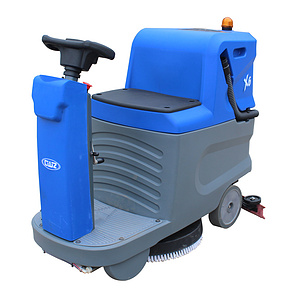
Supermarket walk behind automatic floor cleaning machine(X5)
Inquiry Nantong Weizhuo Enviromental Protection Equipment Co., Ltd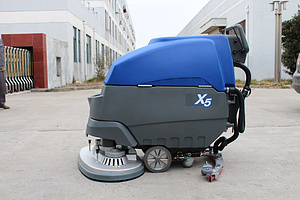
MC C510 good price industrial floor cleaning machine, mini floor scrubber dryer
Inquiry Suzhou Magnificent Cleaning Equipment Co.,Ltd.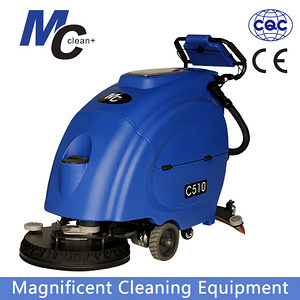
D-011-B Multupurpose cleaning cart with cover
Inquiry Guangzhou Haotian Cleaning Equipment Technology Co., Ltd.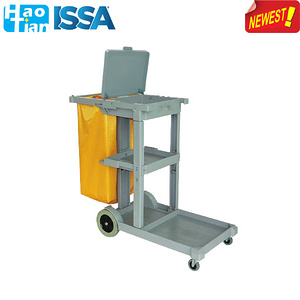
Hot product MC E510S floor scrubber floor cleaning machine
Inquiry Suzhou Magnificent Cleaning Equipment Co.,Ltd.
B-036 Foot pedal extracting bucket
Inquiry Guangzhou Haotian Cleaning Equipment Technology Co., Ltd.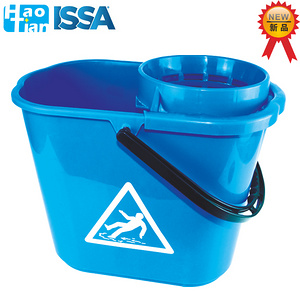
B-036 Foot pedal extracting bucket
Inquiry Guangzhou Haotian Cleaning Equipment Technology Co., Ltd.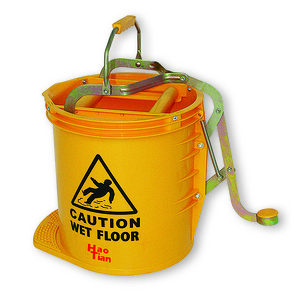
High quality professional manufacturer for floor scrubber brush
Inquiry Anhui Huanmei Brush Co.,Ltd.






